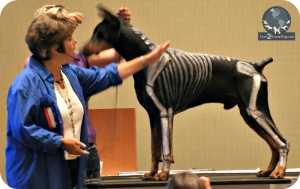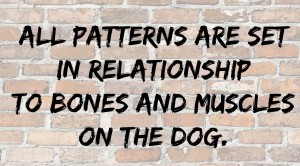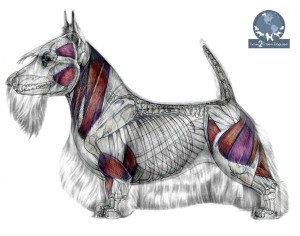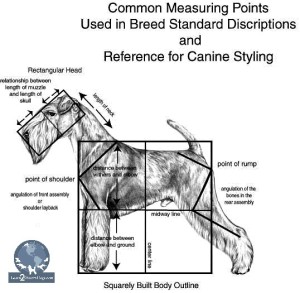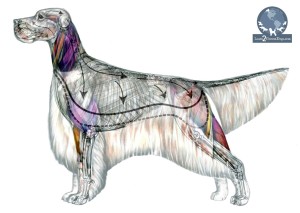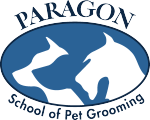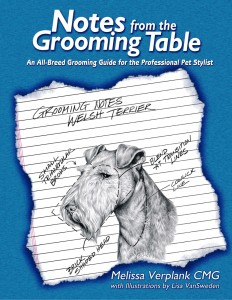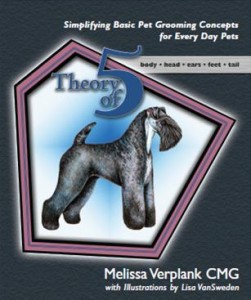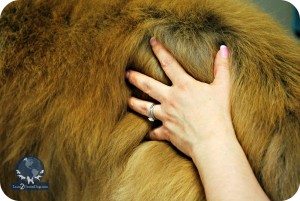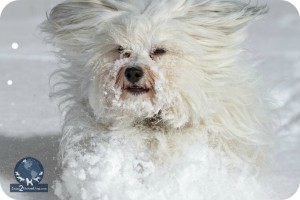Have you seen the new American Kennel Club Complete Dog Book? It’s mammoth! When I grabbed mine, I questioned if I needed a roller cart just to carry it. (Just kidding… but the thought crossed my mind!)
I have been purchasing AKC Complete Dog Books since I first started my career almost 35 years ago. With each edition, the number of pages has increased. Breeds have been added. The covers have been yellow, red, gre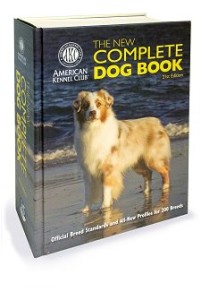 en, and blue. Other than that, few major modifications had been made within the pages of the book.
en, and blue. Other than that, few major modifications had been made within the pages of the book.
That’s all changed.
The new AKC Book has been fully reformatted and published in full color! Even the hard cover of the book has a stunning image of a dog on it!
This latest edition features:
- Official standards for every AKC-recognized breed
- All the newest breeds accepted into the AKC
- Seven varieties : Sporting, Hound, Working, Terrier, Toy, Non-Sporting, and Herding Groups – plus the Miscellaneous Class
- Freshly written breed histories
- Breed overviews created by the parent club of each breed
- Over 800 color photos showcasing young and mature dogs (good photos too!)
- The year the breed was recognized by the AKC
- Name and website of every AKC recognized parent club
- Enlightening personality traits and maintenance of each breed
- Overview of the American Kennel Club itself
- Images and descriptions of canine anatomy
- Glossary of canine terminology
- Information that potential dog owners need to know when selecting a quality puppy
- The Sport of Dogs: an outline of sports, competitions, and events held for the purebred dog
It’s been almost nine years since the last edition was published and quite a bit has happened during that time. There have been approximately 50 new breeds recognized. A few of the standards have been modified. Plus, the AKC has a number of new events and programs that are spotlighted in this new addition.
Weighing in at over 5 pounds, the 912-pages are filled with profiles of all 200 AKC breeds, which boast four or more pages on each. After years of seeing only black and white images, it’s refreshing to see each breed showcased in color. Even though the book is huge, the layout of the breed groups is well done and easy to digest.
Content from previous editions has been removed. I miss the information that was in the previous book(s) on what constitutes a healthy dog, basic nutrition, common illnesses, and simple first aid – but there are plenty of books about that – and this one is hefty enough already!
So, as a pet groomer/stylist – why do you need this massive book taking up space on your bookshelf?
1) Breed Identification
To me, being a “professional” means you are can identify your subject matter. Breed Identification is an elementary skill we all need when it comes to professional pet grooming. If you can’t instantly visualize a breed of dog as you speak to a prospective client on the phone, you can’t even begin to address their needs or questions about the services you can offer to groom their pet.
2) Terminology
Every field has its own language. It’s the parlance of the industry. You need to learn it. Embrace it. Use it. It’s just like learning any new language. If you immerse yourself in the culture and apply yourself, you will learn it out of necessity. Learning the language of dogdom is critical to your success in any aspect of working professionally with dogs.
3) Comprehension of the Breed Standard
Every purebred breed has a written ideal standard. It describes what the “perfect” specimen would look like – if it existed. You need to be able to read that standard and understand it. That takes work. It takes study. But if you can’t understand what makes up the “ideal” breed, you will never be able to do justice to any purebred dog and make it fit the breed profile.
4) Knowledge of Your Subject Matter
Every breed was developed for a purpose. They all have individual personality traits. They all have unique physical characteristics that set them apart from other breeds. In the world of the purebred dogs, there is a bounty of information. The more you know about a breed’s history, what its original function was, and what it is like to live with a particular breed, the stronger your professional presence will become.
For those of us “in dogs” this is definitely a book to add to your professional reference collection.
 It has been a long time since the last edition. With the AKC approving new breeds at a breakneck pace, it is nice to have an up-to-date (at least for the moment) reference. The AKC Complete Dog Book is the foundation of all great pet groomers and stylists. In comprehensive grooming schools around the country, it is the groundwork for the curriculum. It is at the root of every grooming competition. It is the foundation of every voluntary grooming certification program.
It has been a long time since the last edition. With the AKC approving new breeds at a breakneck pace, it is nice to have an up-to-date (at least for the moment) reference. The AKC Complete Dog Book is the foundation of all great pet groomers and stylists. In comprehensive grooming schools around the country, it is the groundwork for the curriculum. It is at the root of every grooming competition. It is the foundation of every voluntary grooming certification program.
If you take your career seriously, and I hope you do, this is a professional reference guide you cannot be without. If you have an old edition of the AKC Complete Dog Book – fabulous. However, I encourage you to invest in yourself by getting the latest copy of this amazing reference manual.
How often do you refer to the AKC book? Do you use it at all? Why or why not? Jump over to the Learn2GroomDogs Facebook page and tell us about it!
Happy trimming!
~Melissa


 A client calls stating they own a breed that you have never groomed before. You’ve seen it at dog shows but have never had an opportunity to groom one. Or maybe you’ve never even heard of or seen the breed before.
A client calls stating they own a breed that you have never groomed before. You’ve seen it at dog shows but have never had an opportunity to groom one. Or maybe you’ve never even heard of or seen the breed before. Your next step is to look up the breed in reference books. If you have an American Kennel Club (AKC) Complete Dog Book (or a similar book from your country), start there. This will give you the official breed standard. Review the breed profile. Read about the history of the dog to gather clues about the dog. After a quick scan, you will have a good idea of the size, temperament, structure, and coat type of this new dog. Most will also have photos that accompany each breed. If you don’t have an official breed standard book handy, you can always look it up online.
Your next step is to look up the breed in reference books. If you have an American Kennel Club (AKC) Complete Dog Book (or a similar book from your country), start there. This will give you the official breed standard. Review the breed profile. Read about the history of the dog to gather clues about the dog. After a quick scan, you will have a good idea of the size, temperament, structure, and coat type of this new dog. Most will also have photos that accompany each breed. If you don’t have an official breed standard book handy, you can always look it up online.